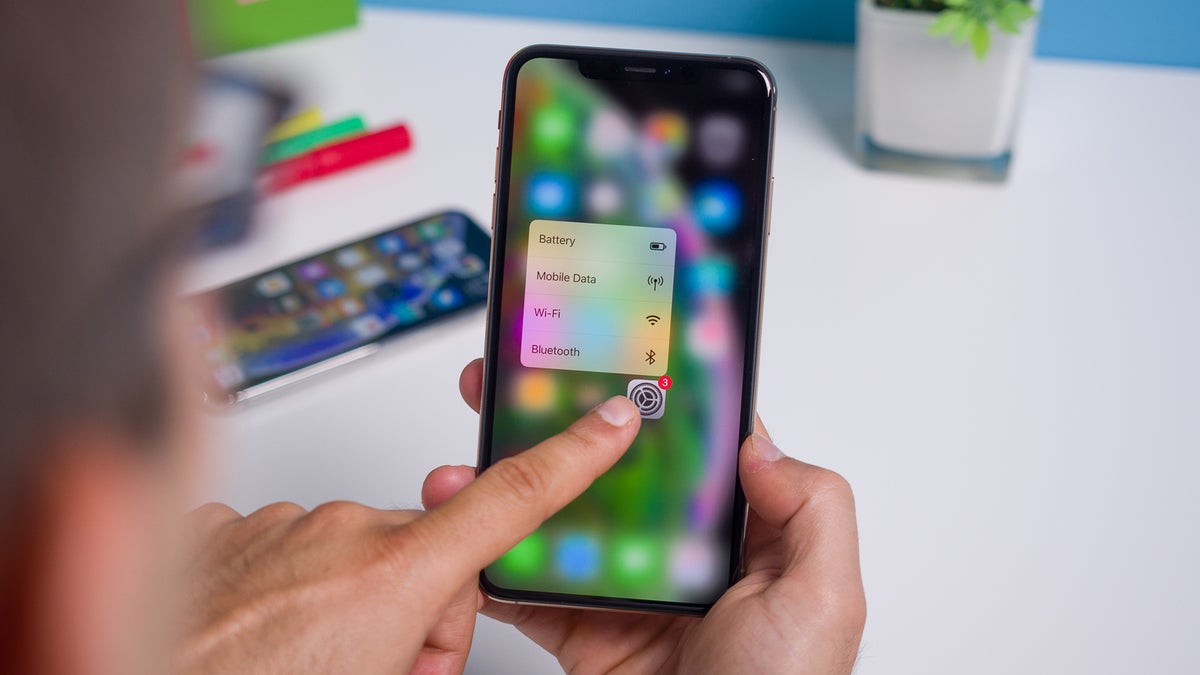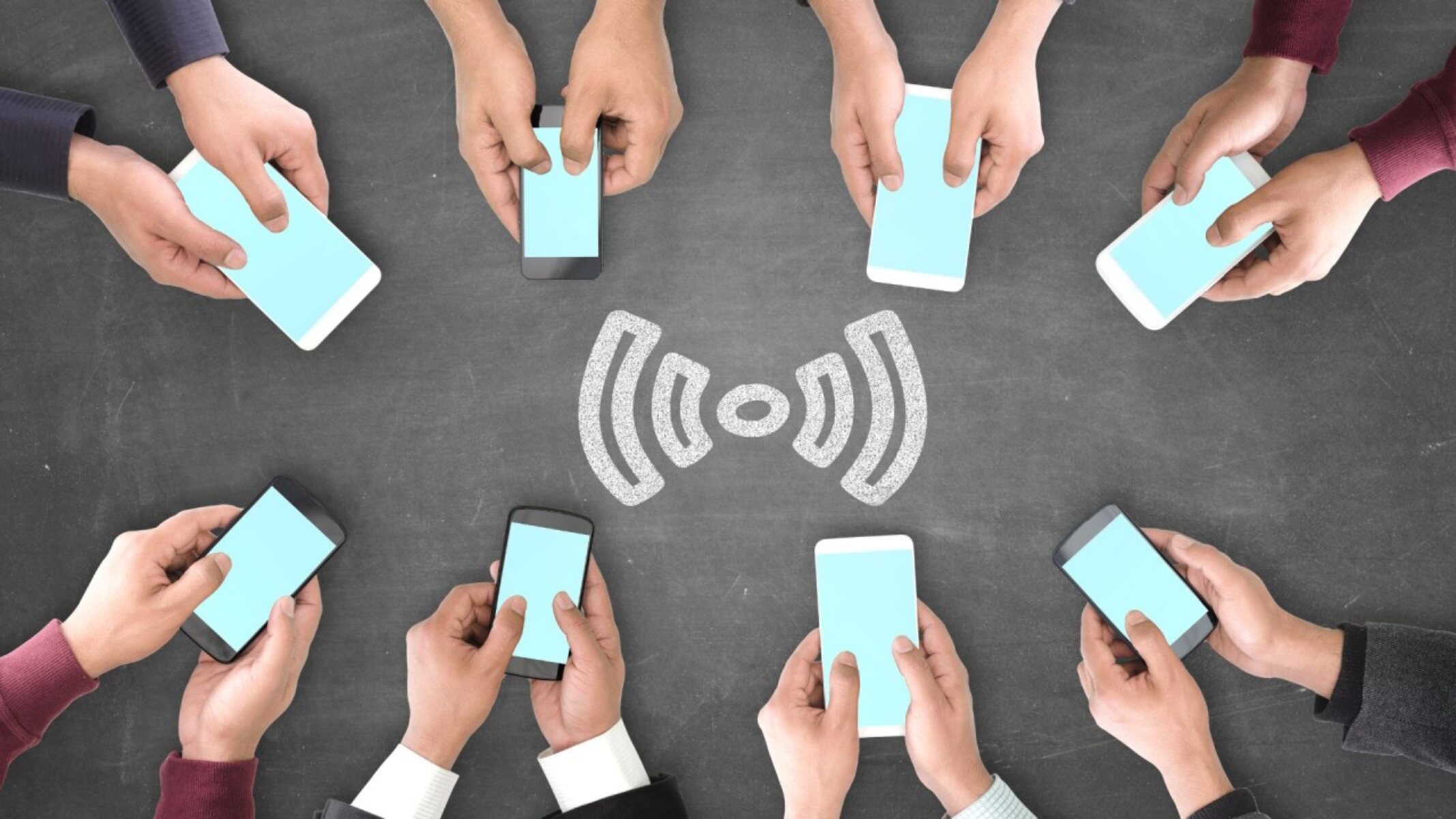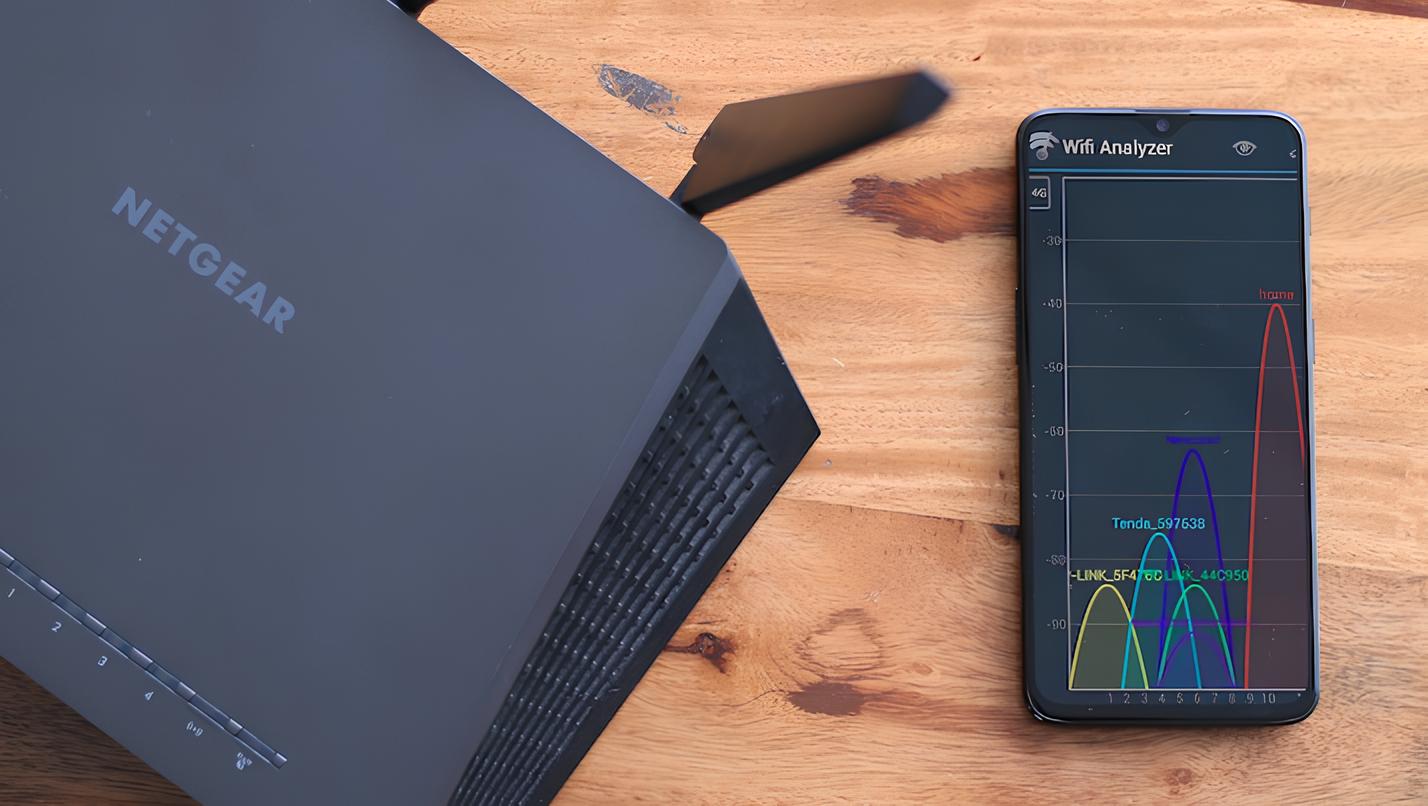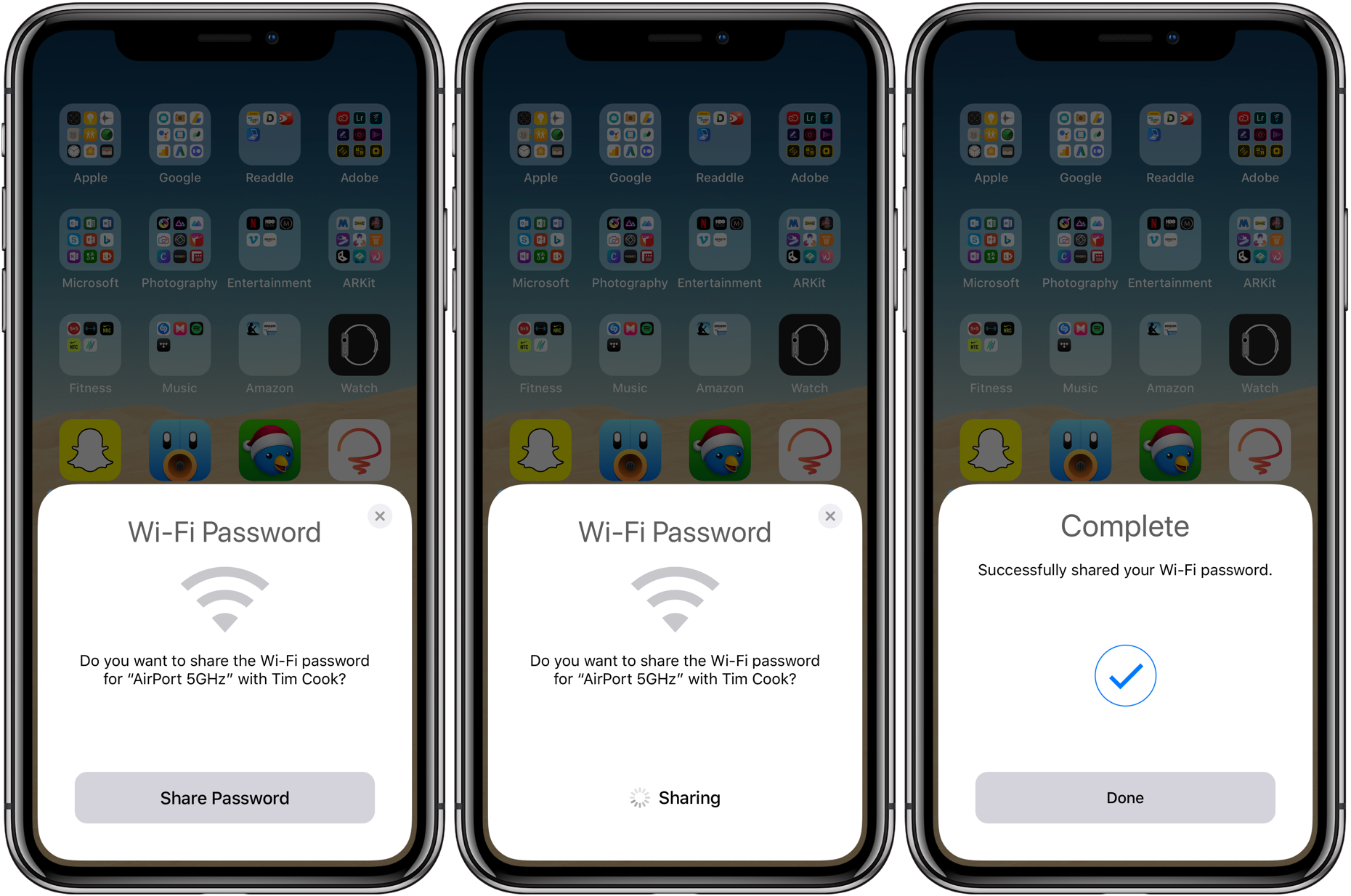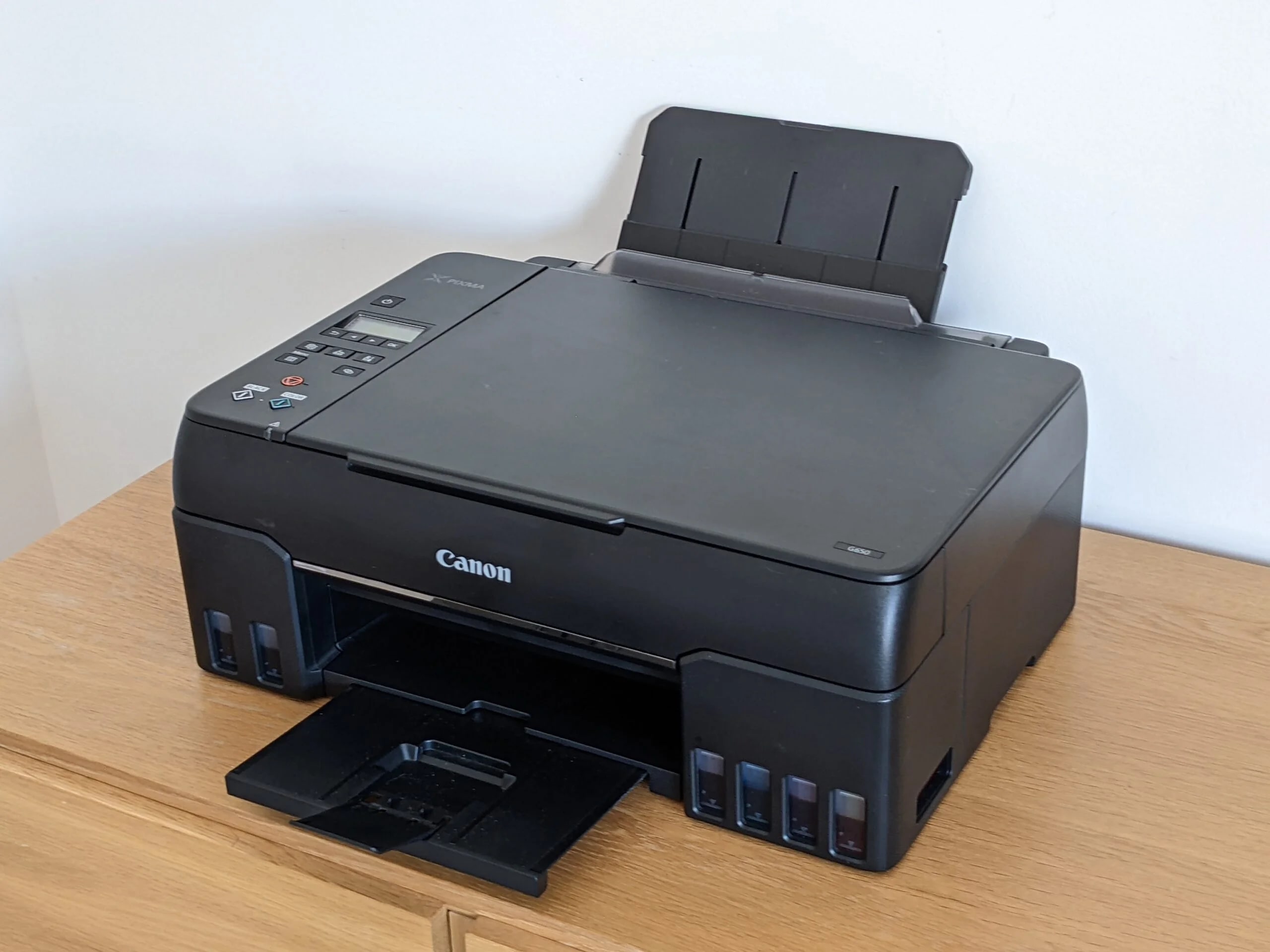Introduction
Bluetooth technology has revolutionized the way we connect and communicate with devices. From wireless headphones to smart home devices, Bluetooth has become an integral part of our daily lives. One of the lesser-known features of Bluetooth is its ability to create a hotspot, allowing you to share your device's internet connection with other devices in close proximity. This can be incredibly useful in situations where Wi-Fi is unavailable or unreliable, such as when traveling or attending events.
In this quick setup guide, we will walk you through the process of setting up a Bluetooth hotspot and connecting your devices. Whether you're new to Bluetooth technology or looking to expand your knowledge, this guide will provide you with the essential steps to get started with Bluetooth hotspotting. By the end of this guide, you will be equipped with the knowledge and skills to seamlessly create and utilize a Bluetooth hotspot for your internet sharing needs.
So, grab your devices and let's dive into the world of Bluetooth hotspotting! Whether you're at a coffee shop, on a road trip, or simply looking for an alternative way to share your internet connection, Bluetooth hotspotting offers a convenient solution. Let's get started with the first step: checking Bluetooth compatibility.
Step 1: Check Bluetooth Compatibility
Before delving into the process of setting up a Bluetooth hotspot, it's crucial to ensure that your devices are compatible with Bluetooth tethering. Most modern smartphones, tablets, and laptops come equipped with Bluetooth capabilities, but it's essential to verify that the specific devices you intend to use support Bluetooth hotspot functionality.
To begin, navigate to the settings menu on your device and locate the Bluetooth section. Here, you can verify whether your device supports the "Bluetooth Tethering" or "Bluetooth Hotspot" feature. This option may be found under the Bluetooth settings, often within the "More" or "Advanced" settings section, depending on the device's manufacturer and operating system.
Once you have confirmed that your device supports Bluetooth tethering, it's equally important to ensure that the devices you intend to connect also have Bluetooth functionality. This includes smartphones, tablets, laptops, and any other devices that you plan to share your internet connection with.
In addition to compatibility, it's advisable to check for any system or software updates for your devices. Manufacturers often release updates to improve Bluetooth functionality, address security vulnerabilities, and enhance overall performance. Keeping your devices updated ensures that you have access to the latest features and improvements, including those related to Bluetooth hotspot capabilities.
Furthermore, if you plan to share your smartphone's internet connection via Bluetooth, it's essential to verify that your mobile data plan supports tethering. Some carriers may impose restrictions or additional charges for tethering, so it's prudent to review your data plan's terms and conditions to avoid any unexpected fees or limitations.
By taking the time to verify Bluetooth compatibility and ensuring that your devices are up to date, you can proceed with confidence knowing that you have the necessary prerequisites in place to set up and utilize a Bluetooth hotspot seamlessly. With compatibility confirmed, you are ready to move on to the next step: enabling the Bluetooth hotspot feature on your device.
Step 2: Enable Bluetooth Hotspot
Enabling the Bluetooth hotspot feature on your device is a straightforward process that empowers you to share your internet connection with other Bluetooth-enabled devices. By activating this functionality, you can create a localized network, allowing nearby devices to access the internet through your device's connection. Here's a detailed guide on how to enable the Bluetooth hotspot feature:
-
Access Bluetooth Settings: Begin by accessing the settings menu on your device and navigating to the Bluetooth section. Depending on your device's manufacturer and operating system, the Bluetooth hotspot feature may be located within the Bluetooth settings or in a separate tethering and hotspot section.
-
Toggle Bluetooth Tethering: Once in the Bluetooth settings, locate the option to enable Bluetooth tethering or Bluetooth hotspot. This option may be labeled as "Bluetooth Tethering," "Internet Sharing," or "Bluetooth Hotspot," depending on your device. Activate this feature by toggling the switch or checkbox associated with it.
-
Set Network Name and Password (Optional): Some devices allow you to customize the network name (SSID) and set a password for the Bluetooth hotspot. This step is optional but recommended for enhancing security and ensuring that only authorized devices can connect to your hotspot.
-
Confirm Activation: After enabling Bluetooth tethering, your device will begin broadcasting the Bluetooth hotspot, allowing other devices in close proximity to detect and connect to the network. You may receive a notification or visual indicator confirming that the Bluetooth hotspot is active and ready for connections.
-
Adjust Hotspot Settings (Optional): Depending on your device, you may have the option to adjust additional hotspot settings, such as the maximum number of connected devices or the visibility of the hotspot. Exploring these settings allows you to tailor the Bluetooth hotspot to your specific preferences and requirements.
By following these steps, you can successfully enable the Bluetooth hotspot feature on your device, transforming it into a hub for sharing your internet connection with other devices. Once the hotspot is active, you are ready to proceed to the next step: connecting devices to your Bluetooth hotspot and leveraging its internet-sharing capabilities.
Step 3: Connect Devices
Now that your Bluetooth hotspot is active and ready to share your internet connection, it's time to connect your devices. Whether you're connecting a smartphone, tablet, or laptop to the Bluetooth hotspot, the process is relatively straightforward and can be accomplished within a few simple steps.
-
Discover Bluetooth Hotspot: Begin by ensuring that the device you intend to connect has Bluetooth functionality enabled. Navigate to the Bluetooth settings on the device and initiate a scan for available Bluetooth devices. Your Bluetooth hotspot, identified by the network name (SSID) you configured earlier, should appear in the list of available devices.
-
Pairing and Connecting: Select the Bluetooth hotspot from the list of available devices, and if prompted, enter the password you set during the hotspot setup process. Upon successful authentication, the device will establish a connection with the Bluetooth hotspot, enabling it to access the internet through your device's connection.
-
Confirmation: Once the device is successfully connected to the Bluetooth hotspot, you may receive a notification or visual indicator confirming the establishment of the connection. This confirmation serves as a reassurance that the device is now utilizing the internet connection provided by your Bluetooth hotspot.
-
Verification and Testing: To ensure that the connection is functioning as expected, open a web browser or any internet-dependent application on the connected device. Verify that you can access websites, stream media, or perform any online activities that require an internet connection. Testing the connection confirms that the device is effectively utilizing the internet shared through the Bluetooth hotspot.
-
Multiple Device Connections (Optional): If you intend to connect multiple devices to the Bluetooth hotspot, repeat the pairing and connection process for each additional device. Most Bluetooth hotspots support simultaneous connections from multiple devices, allowing you to share your internet connection with friends, family, or colleagues who are within range.
By following these steps, you can seamlessly connect your devices to the Bluetooth hotspot and leverage its internet-sharing capabilities. Whether you're sharing your smartphone's internet connection with a laptop or enabling multiple devices to access the internet in a shared space, Bluetooth hotspotting offers a versatile and convenient solution for internet connectivity on the go.
With your devices successfully connected to the Bluetooth hotspot, you are now equipped to enjoy internet access across multiple devices, all facilitated by the seamless connectivity provided by Bluetooth technology.
Step 4: Troubleshooting and Tips
When setting up and utilizing a Bluetooth hotspot, encountering occasional challenges or seeking ways to optimize the connection is not uncommon. In this section, we will explore troubleshooting techniques and valuable tips to address potential issues and enhance your Bluetooth hotspot experience.
Troubleshooting
-
Connection Issues: If devices are unable to connect to the Bluetooth hotspot, ensure that the hotspot feature is enabled on the host device and that the devices attempting to connect are within the Bluetooth range. Restarting the Bluetooth connection or the host device may also resolve connectivity issues.
-
Interference and Range: Bluetooth signals can be affected by interference from other wireless devices or physical obstructions. To improve connectivity, position the devices closer together and minimize potential sources of interference, such as large metal objects or electronic equipment.
-
Network Stability: In cases where the internet connection shared through the Bluetooth hotspot appears unstable, verify the host device's internet connection and signal strength. Additionally, restarting the hotspot feature or resetting the Bluetooth connections can help restore network stability.
-
Device Compatibility: If certain devices encounter difficulties connecting to the Bluetooth hotspot, ensure that the devices are indeed compatible with Bluetooth tethering and that their Bluetooth functionality is operational. Updating the device's operating system and Bluetooth drivers can also address compatibility issues.
Tips for Optimal Bluetooth Hotspotting
-
Security Measures: When customizing the Bluetooth hotspot settings, consider setting a strong password and custom network name to enhance security. This prevents unauthorized access and safeguards your internet connection.
-
Battery Management: Utilizing a Bluetooth hotspot can consume additional battery power, especially on the host device. To optimize battery life, consider connecting the host device to a power source or enabling power-saving modes when using the Bluetooth hotspot for extended periods.
-
Data Usage Monitoring: Keep track of data usage when sharing your internet connection through a Bluetooth hotspot, especially if you have limited data allowances. Monitoring data usage helps prevent unexpected overages and allows for efficient management of your data plan.
-
Firmware and Software Updates: Regularly check for firmware and software updates for your devices, including smartphones, tablets, and laptops. Keeping your devices up to date ensures optimal Bluetooth performance and access to the latest features and improvements.
-
Signal Strength Optimization: Positioning the host device in an area with strong cellular or Wi-Fi signal can enhance the internet connection shared through the Bluetooth hotspot, resulting in improved performance for connected devices.
By implementing these troubleshooting techniques and following the tips for optimal Bluetooth hotspotting, you can overcome challenges and maximize the benefits of sharing your internet connection seamlessly across multiple devices. With a well-maintained Bluetooth hotspot, you can enjoy reliable internet connectivity wherever your adventures take you.







